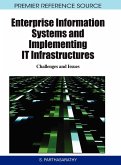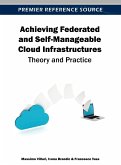At the moment, the convergence of the Internet and classical content distribution forms (e.g., TV), towards IPTV systems is taking place. These systems will be one of the main sources of data traffic in the near future, especially when considering HDTV streams. Current IPTV systems are based mostly on a client-server architecture that is not scalable to large user groups. Streams have to be transmitted once per subscribed client, which heavily burdens network operators as well as service providers. In recent years, Application Layer Multicast (ALM) emerged as a promising and scalable distribution method as it incorporates end-users in the distribution. However, end-users are unreliable, can be easily attacked (e.g., by DoS attacks), and are potentially malicious. Such malicious nodes may attempt to disturb the overlay construction or attack disclosed overlay nodes directly. Moreover, ALM overlays are established on top of an underlying infrastructure network, so that failures and attacks on underlay components (links or routers) may disrupt several overlay paths concurrently. Most current ALM systems are vulnerable to attacks on end-nodes and underlay components.








